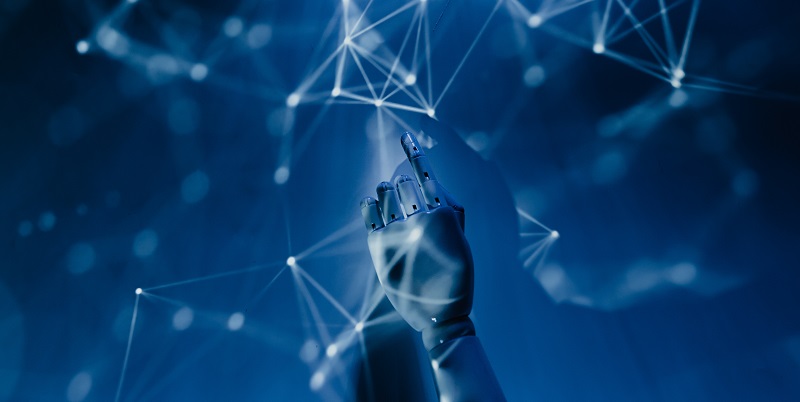Artificial Intelligence (AI) has made remarkable progress in generating realistic images, thanks to advancements in deep learning algorithms and neural networks. However, despite their achievements, there remains a puzzling disparity between what AI image generators can produce and what we, as humans, can visualize and comprehend. This article delves into the limitations of current AI image generators, focusing on their inability to understand text symbols and context, the accuracy required in associations between shapes and text/quantities, challenges with intricate details, and the future outlook of AI image generation.
Limitations of current AI image generators in text symbol and context understanding
Current AI image generators lack an inherent understanding of textual symbols and context. While they excel at generating visually appealing images, they struggle to comprehend the symbolic representation of text. For us humans, textual symbols hold meaning beyond their visual appearance. However, AI models perceive them merely as combinations of lines and shapes, overlooking the nuances of their significance.
Accuracy is required in the associations between combinations of shapes, text, and quantities
Combinations of shapes in the training images used for AI models are associated with various entities. However, when it comes to text and quantities, the associations must be incredibly accurate. For instance, the term ‘hand’ must be linked precisely to the image representation of a human hand with five fingers. This level of accuracy proves challenging for AI image generators and often leads to flawed interpretations.
Text symbols can be represented as combinations of lines and shapes in text-to-image models
In the context of text-to-image models, text symbols are traditionally perceived by AI as combinations of lines and shapes. This simplistic understanding limits their ability to accurately visualize and generate complex textual concepts. The lack of contextual understanding further hampers their capacity to translate symbolic representations into meaningful visuals.
There is a need for extensive training data in representing text and quantities
AI image generators require much more training data to accurately represent text and quantities compared to other tasks. This arises from the intricacies involved in associating text with specific visual representations. Higher volumes of training data help in capturing a wider variety of contexts, aiding the AI models in generating more precise and contextually relevant images.
Challenges with intricate details in smaller objects, such as hands
Issues also arise when dealing with smaller objects that require intricate details, such as hands. Representing hands accurately is a complex task, as AI struggles to associate the term ‘hand’ with the exact representation of a human hand with five fingers. As a result, AI-generated hands often look misshapen, have additional or fewer fingers, or find themselves partially covered by surrounding objects, further highlighting the limitations of the current technology.
Difficulties in accurately representing the concept of a human hand
The understanding of quantities and abstract concepts like “four” presents another challenge for AI models. While we can effortlessly visualize and comprehend the numerical value, AI image generators lack a clear understanding of these concepts. Consequently, accurately representing quantities or abstract ideas in generated images remains a significant hurdle.
Common flaws in AI-generated images
AI-generated hands often exhibit common flaws. Misshapen hands, with disproportionate sizes or incorrect positions, are a frequent occurrence. In some instances, the generated hands have additional or fewer fingers, distorting the visual representation. Moreover, hands may also be partially covered by surrounding objects, further detracting from the accuracy of the generated images.
Outlook on the future of AI image generation and advancements in training processes and technology
Despite the current limitations, the future of AI image generation holds great promise. With advancements in training processes and AI technology, future models will likely possess a better understanding of text symbols, context, and associations between shapes and text/quantities. As the algorithms improve, AI image generators will undoubtedly become much more capable of producing accurate visualizations that closely align with human understanding.
The disparity between AI image generation and human understanding persists, primarily due to limitations in comprehending text symbols, context, and accurately representing associations between shapes and text/quantities. However, ongoing advancements in AI technology and training processes offer hope for a future where AI image generators bridge this gap, enabling them to provide visually accurate and contextually relevant representations. As researchers continue to push the boundaries of AI, we can look forward to more sophisticated and precise AI image generation capabilities in the years to come.

